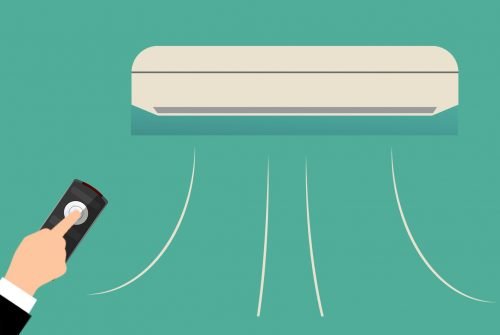Earthquake: satellites, sensors and algorithms for post-earthquake reconstruction
14 September 2020 | Written by La redazione
ENEA methodology to characterize and manage rubble

Satellites, high resolution sensors, algorithms and machine learning techniques for post-earthquake reconstruction. Four years after the destructive earthquake that hit Central Italy, ENEA presents an innovative methodology that allows to characterize the rubble produced as a result of earthquakes and to quickly and cost-effectively evaluate the type of materials, the possible danger, but also to locate them and estimate their surfaces and volumes. Developed and tested by a multidisciplinary team of ENEA researchers on a representative sample of rubble from the historic center of Amatrice, this methodology combines remote sensing techniques based on data acquired from high-resolution aerial and satellite sensors, as well as on in situ surveys for the calibration of data acquired remotely. It is also replicable and adaptable to other contexts.
The methodology is described in a study published in the ISPRS International Journal of Geo-Information and was also presented in the context of the International Conference on Computational Science and its Applications (ICCSA 2020). To identify piles of rubble and determine the extent of damage to the buildings, the researchers used Sentinel-2 satellite data from ESA’s Copernicus Emergency Management (EMS) Program. The geospatial analyzes performed in a GIS environment, assisted by machine learning algorithms, made it possible to estimate both the volumes and the main types of rubble such as concrete (59%), natural bricks (9%), other materials, including metal (8 %), and traces of asbestos.
“The rubble produced as a result of earthquakes and extreme events must be mapped and characterized in order to have fundamental information for the optimal management of emergency activities and the resolution of post-event problems”, underlines Sergio Cappucci of the ENEA Department of Sustainability of Production Systems and territorial. “The results obtained made it possible to characterize the main materials with an accuracy of almost 90% and also to detect the presence of asbestos in order to have a cognitive framework to act in safe conditions and decide the most suitable management procedures such as any reuse or disposal and removal “.
“For the purpose of distinguishing the materials present in the heaps, the best results were provided by the C-Support Vector Machine algorithm which made it possible to recognize the main types with an accuracy of 88.8% and by the Random Forest algorithm which made it possible to detect the presence of asbestos fragments ”, underlines Maurizio Pollino of the ENEA Department of Energy Technologies and Renewable Sources. “The method, without excessive economic burdens, can represent a model that can be replicated and adaptable also in other contexts and following other types of extreme events”.
Areas at risk. Furthermore, by combining the results of the application of the methodology to the seismic microzonation map of the territory, the researchers created a real “photograph” of the areas most at risk, useful for territorial planning and the safe reconstruction of the areas affected by the earthquake. The results of the activities will also make it possible to enhance the Forecasting and Decision Support System and the operational base of EISAC.it (European Infrastructure Simulation and Analysis Center), the first center in Europe for the security of strategic infrastructures, managed by ENEA and INGV: in the event of extreme events, the system provides support to Civil Protection, Public Administrations and managers of critical networks in risk analysis and infrastructure protection activities, ensuring the continuity of essential services (communications, transport, electricity and water) and resilience.





